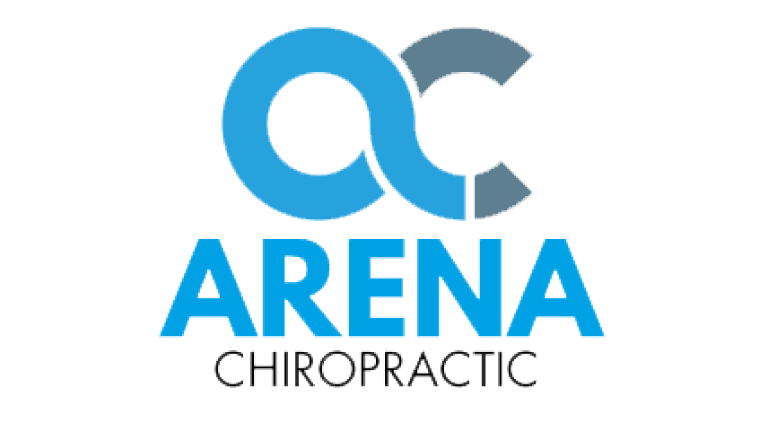A critical mass of recent surveys and studies document the fact that the public, and conventional health care providers and payers, have come to recognize that traditional medicine can’t answer all of consumers’ health care needs. In particular, more people are turning to chiropractic services.
- A study published in the July 1, 1998 issue of the Annals of Internal Medicine shows that chiropractic treatment is appropriate for low-back pain in a considerable number of cases. This study by the Rand Corporation found that 46 percent of a sample of low-back pain patients received appropriate care from doctors of chiropractic – an appropriateness rating similar to that of common medical procedures.
- Poll results released in January 1998 by Landmark Healthcare, Inc., showed that one in every five adults ages 55 to 64 has used chiropractic care.
- A December 1997 report from the Federal Agency for Health Policy and Research (AHCPR) notes that the chiropractic profession is now the third largest group of doctoral-level providers in the United States (after medical doctors and dentists).
- That same AHCPR report shows that fully 80 percent of American workers in conventional insurance plans, preferred providers organizations (PPOs), and point-of-service plans now have coverage that pays at least part of the cost of chiropractic care.
As the recent AHCPR report states, “In the areas of training, practice and research, chiropractic has emerged from the periphery of the health care system and is playing an increasingly important role in discussions of health care policy.” And, notes a March 1998 article in Business and Health magazine, “Many companies say chiropractic coverage has lowered their medical and workers’ comp costs, while raising overall health and productivity. ‘It’s one of the best benefits possible from a quality, quantity and pricing perspective,’ says George McGregor, president of [a firm that is a third-party administrator].” The article also cites an Oregon study, which found that median work time lost for employees with back injuries who used chiropractic care was only 9 days as compared with 34.5 days for workers who used medical care.
Quick relief of symptoms and sustained effectiveness have long attracted consumers to chiropractic care. In fact, in just one year — 1997 — more than 20 million adults used chiropractic services. The 1994 AHCPR guidelines for low-back pain concluded that spinal manipulation, chiropractic’s primary treatment technique, is one of only three treatments whose effectiveness is substantiated by rigorous research. According to a 1992 RAND Corp. study, patients see a chiropractor primarily for low back pain and neck pain, though many seek chiropractic care for mid-back pain, extremity problems, headaches and other symptoms as well.
Because back pain is so pervasive in our society, a recent study published in the British Medical Journal pointing out that back pain doesn’t go away that easily confirmed what chiropractors have always known. Only 25 percent of low back pain sufferers had fully recovered 12 months after their first visit to a general practitioner, the study said. This low number is in conflict with the commonly-held notion that low back pain episodes go away by themselves after a month. “This hardly comes as a surprise to low back pain sufferers who have been told by their medical doctors not to worry – the pain will go away on its own,” said Dr. Michael Pedigo, president of the American Chiropractic Association. “In many cases, further treatment is necessary.”
Doctors of chiropractic have long understood the cyclic nature of low back pain, and perhaps this is one of the reasons they consistently rate higher than MDs in patient satisfaction in this area. In a recent Gallup poll, 90 percent of all people who visited a chiropractor agreed that their care was effective.
Successful outcomes in both effectiveness and patient satisfaction, have paved the way for chiropractors to enter the mainstream of health care services. Some have even begun to collaborate with medical doctors in integrated health care practices. As reported in the May/June 1998 issue of Health magazine, the prestigious Texas Back Institute (TBI) at one time included only surgeons and other M.D.s. Then, about ten years ago, when TBI’s medical doctors discovered chiropractic’s success with lower back pain, they hired their first chiropractor. Now, according to one administrator quoted in the article, about 50 percent of the Institute’s patients see a chiropractor first when beginning their treatment. Also, the Washington Post recently reported on the success of the 5-year-old company, American WholeHealth, whose clinics incorporate a consumer-driven mix of traditional medical and alternative health care including chiropractic.
Due to years of criticism — and even an illegal boycott by the American Medical Association — chiropractic training was sometimes called into question. However, the fact remains, chiropractors must complete a minimum of 6 and, on average, 7 years of college and post-graduate study to earn their degrees. Their education includes at least 4,200 hours of classroom, laboratory and clinical experience, and as much — and sometimes more than — course work in anatomy and physiology as most medical doctors. After they receive their degrees from one of the nation’s 17 accredited chiropractic colleges, they have to pass rigorous exams and be licensed by the state before they can open a practice. The practice of chiropractic is licensed in all 50 states, and in 1994 there were approximately 50,000 chiropractors licensed in the United States. This number is expected to double by the year 2010, according to the 1997 AHCPR report.
“These recent surveys and reports finally vindicate the chiropractic profession after years of enduring doubt, questions and criticism about our training and practices,” said Dr. Pedigo. “What the health care and medical communities are just beginning to accept is what our patients have known all along — that our treatment is safe, effective and highly successful at improving their quality of life.”




